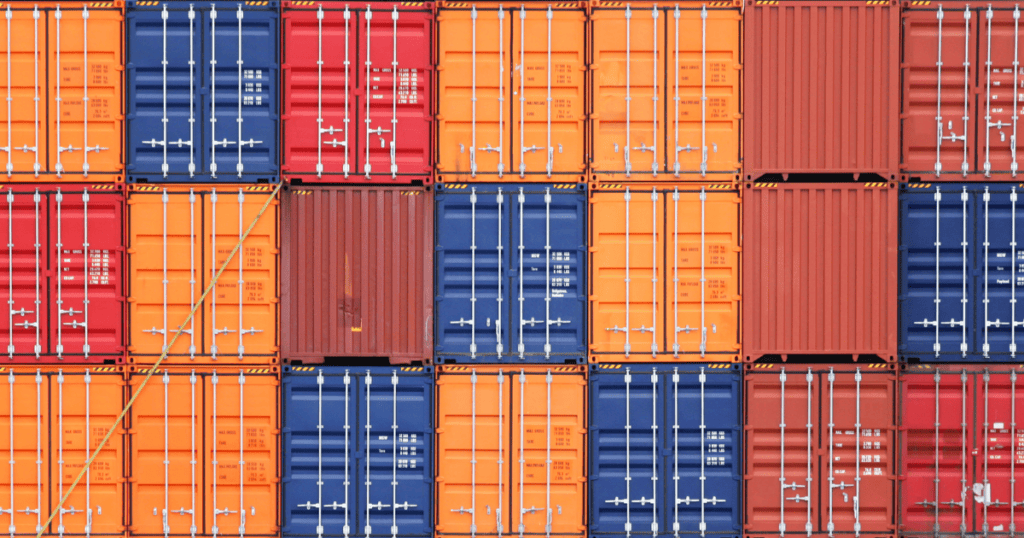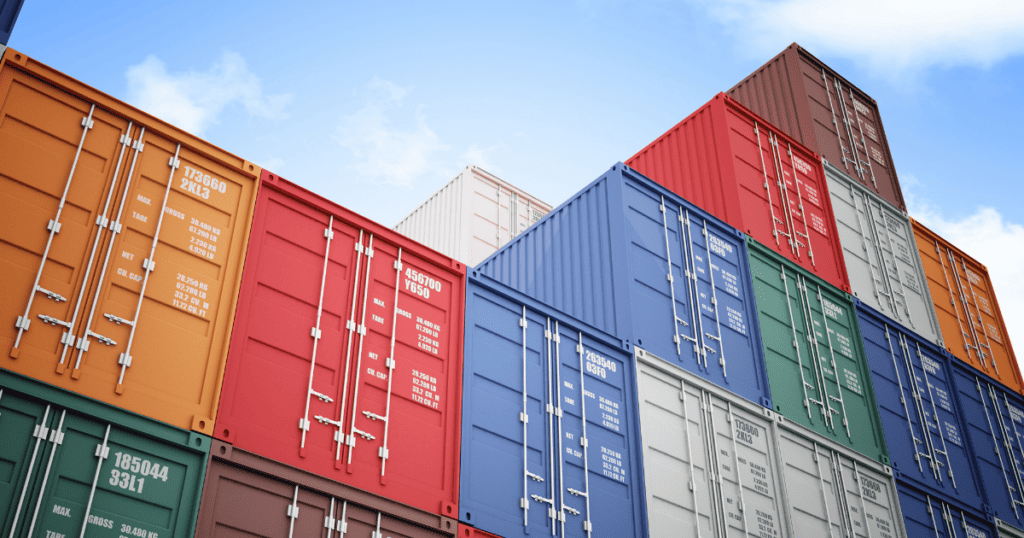Frequently, you might see an array of shipping containers along the waterfront of Auckland, prompting the question of their origin. Have you ever wondered about the intricate process behind the creation of these metal giants? As one of New Zealand’s leading suppliers of 10ft, 20ft and 40ft shipping containers, we have an in-depth knowledge of what makes these containers such a great investment, whether you’re a business or individual.
In this comprehensive blog post, we will delve into the fascinating world of shipping container construction, exploring the high-quality materials, techniques, and innovations that give rise to these robust cargo carriers.
Composition of High-Quality Shipping Containers:
The inception of the steel shipping container over 60 years ago revolutionised global trade, fostering exponential growth in shipping and productivity. While commonly perceived as solely constructed from steel, shipping containers incorporate various components to ensure resilience in adverse weather conditions. Modern containers primarily feature Corten steel, known for its weather and corrosion resistance. Some containers also use SPA-H steel, offering superior atmospheric corrosion resistance.
Reinforcement involves welding steel castings at each of the eight corners, guaranteeing airtightness and water-sealing. The result is a robust, enduring container, making them highly sought-after for repurposing as storage units, warehouses, portable offices, and even tiny homes due to their competitive prices, strength, and durability.

The Manufacturing Process of a Shipping Container
The fabrication of these robust shipping containers involves a meticulous process, reinforcing their structure to withstand the rigorous journey across the seas or to remain sturdy for whatever their next purpose may be.
Preparing the Steel Sheets:
The process of any high-quality shipping container begins with large steel rolls that, once unrolled, are cut into pieces forming the sides of the container. These pieces are then moulded and bent into various shapes to enhance protective capabilities.
ContainerCo shipping containers are manufactured from zinc-rich steel to ensure slow rusting. The construction process for our shipping containers begins with the procurement of large rolls of steel, typically in the form of coils. These coils are then transformed into flat sheets through a process called cold rolling, where the steel is pressed and shaped at low temperatures to achieve the desired thickness.
Fortifying the Sheets:
Once the flat sheets are ready, they are cut into panels, which will form the walls and roof of the container. Precision is crucial in this step, as the panels must fit together seamlessly to create a sturdy structure. The edges of the panels are then corrugated, providing added strength to the container and enhancing its ability to withstand the pressures of stacking and transportation.
Welding Wall Panels and Frames of a Shipping Container:
The backbone of any shipping container lies in its frame. This structural skeleton is typically constructed from steel beams, creating a rigid framework that supports the entire container. Welding plays a pivotal role in joining the panels and frame together, ensuring the container’s integrity and stability.
Shipping Container Floors – A Foundation for Freight
The floor of a shipping container is no ordinary platform. Composed of marine-grade plywood or bamboo, it is not only strong but also resistant to moisture and pests. The assembly of the floor involves securing the chosen material to cross members, creating a solid foundation capable of bearing the weight of heavy cargo.
Container Sealing – The Gateway to Security
Once the doors are completed in a separate process, they are attached to the container, coupled with wall panels, and the roof panel is placed on top and welded into position. Corner posts are then added, making the container waterproof and capable of withstanding impact.
A shipping container’s doors are more than just entry points; they are engineering marvels designed to withstand the rigours of constant use. Equipped with robust hinges and locking mechanisms, these doors are sealed tightly to prevent water ingress and ensure the security of the cargo within.
Final Touches for a Complete Shipping Container:
After quality inspection, a final sandblast is conducted, followed by the application of base and top coats using a painting apparatus. To protect the container from the corrosive effects of saltwater and other environmental factors, a meticulous painting and coating process is employed. Anti-corrosive primers and high-quality paints are applied, forming a barrier that extends the container’s lifespan and maintains its aesthetic appeal.
Shipping Containers Quality Control and Certification
Before a ContainerCo shipping container makes its way to the bustling ports, someone’s home, or a construction site, it undergoes rigorous quality control checks. These assessments ensure that the container meets international standards, adhering to specifications set by organisations such as the International Organization for Standardization (ISO). Containers that pass these tests receive a certification, guaranteeing their reliability and compliance with industry regulations.
The Quality Construction of a ContainerCo Shipping Container
As we unpack the layers of complexity behind the construction of shipping containers, it becomes evident that these metal behemoths are more than mere vessels; they are a testament to human ingenuity and engineering prowess. From the choice of materials to the precision in assembly, each step contributes to the creation of a robust and reliable container that plays a vital role in our interconnected global trade network. Our containers are sturdy, durable, and designed to protect your valuable contents from the elements and potential theft. The next time you see a ContainerCo shipping container, take a moment to appreciate the craftsmanship and innovation that went into its construction.

